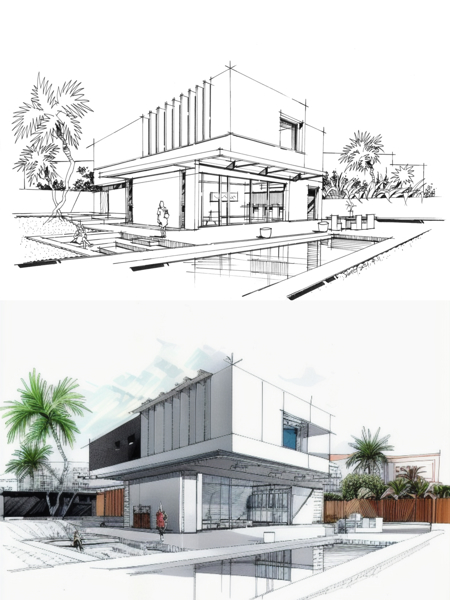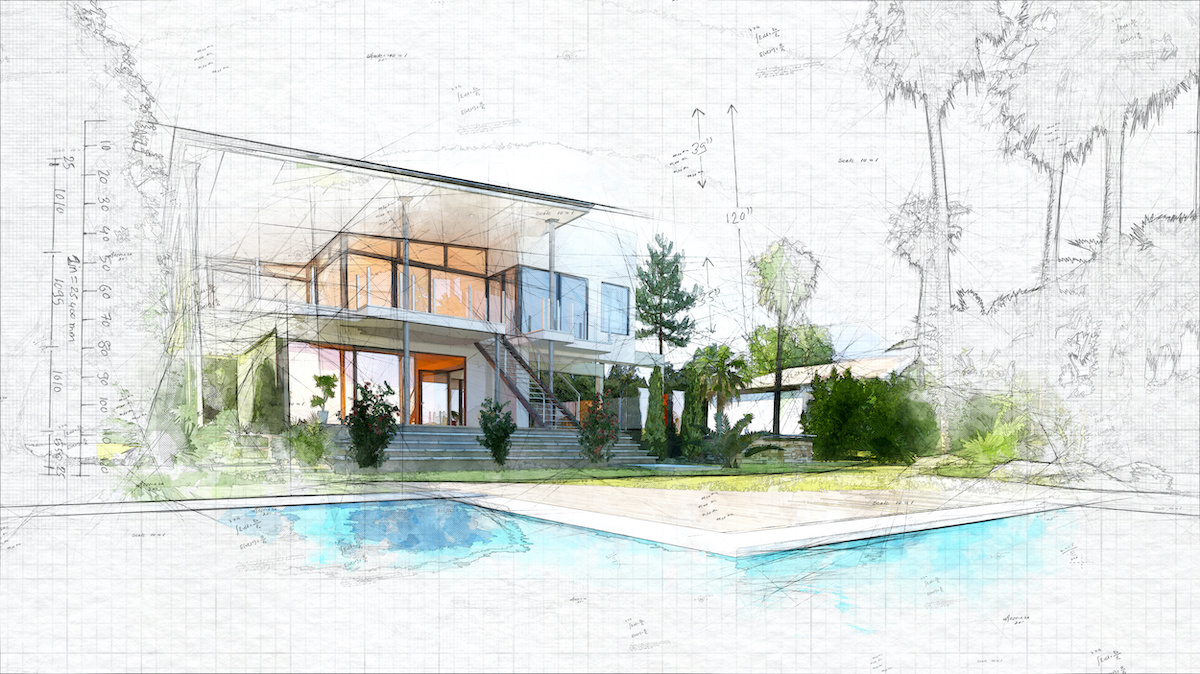Exactly How CDA Architects Include Eco-Friendly Practices in Architectural Projects
Exactly How CDA Architects Include Eco-Friendly Practices in Architectural Projects
Blog Article
A Comprehensive Summary of Architectural Designs and Their Impact on Modern City Preparation and Growth
Architectural styles have long worked as a mirror to the social worths and technical advancements of their time, playing a vital duty fit modern city planning and advancement. From the grandeur of Neoclassicism to the utilitarian method of Brutalism, each design has presented special concepts that affect metropolitan appearances and capability. As modern challenges develop, consisting of sustainability and neighborhood demands, comprehending these historic structures comes to be essential. The resulting discussion not only informs future layout techniques however also raises significant inquiries about the equilibrium between heritage and development in our progressing city landscapes.
Historical Overview of Building Styles

As cultures transitioned through the Center Ages, Gothic design emerged, characterized by its verticality and complex detailing, mirroring the spiritual aspirations of the era. The Renaissance noted a rebirth of classical suitables, merging art and design in cutting-edge methods that influenced subsequent styles across Europe.

Today, architectural designs continue to evolve, driven by globalization and sustainability worries, showing a vibrant interaction in between heritage and development. This historical summary emphasizes the relevance of design as a mirror of societal evolution and as a catalyst for urban growth.
Key Architectural Styles Explained
The diversity of building styles mirrors the myriad impacts that form our developed setting, each symbolizing distinct features and cultural significances. Trick architectural styles include Timeless, Gothic, Baroque, Modernism, and Postmodernism, each representing special historic contexts and visual philosophies.
Timeless style, rooted in old Greece and Rome, emphasizes proportion, percentage, and the use of columns (cda architects). On the other hand, Gothic design, flourishing in the center Ages, is characterized by sharp arches, ribbed vaults, and flying buttresses, creating an angelic quality in cathedrals. Baroque style, emerging in the 17th century, is marked by majesty, sophisticated embellishment, and a vibrant interplay of light and darkness
Modernism, which acquired momentum in the early 20th century, focuses on feature over type, using brand-new products like steel and glass to develop minimal structures. Postmodernism, reacting versus the austerity of Modernism, welcomes eclecticism and historic recommendation, frequently integrating playful aspects and paradox.

Influence On Urban Preparation
Fit the advancement of cities, building designs substantially influence metropolitan planning choices. The selection of building design frequently determines the appearances, capability, and overall character of city settings. For example, modernism, with its emphasis on minimalism and capability, urges open spaces and the combination of technology, forming city designs that prioritize performance and ease of access. Alternatively, traditional styles may highlight historic conservation, causing metropolitan styles that keep cultural heritage and advertise pedestrian-friendly environments.
Furthermore, building designs can influence zoning guidelines and land utilize plans. Urban planners need to consider the prevailing building patterns when developing areas, making sure that new developments integrate with existing frameworks. This factor to consider promotes natural metropolitan landscapes and improves neighborhood identity.
The application of certain architectural designs can additionally influence socioeconomic variables within a city. As an example, premium modern Homepage styles may attract upscale locals and companies, resulting in gentrification, while much more inexpensive real estate services may focus on functional and lasting styles to accommodate diverse populations. Eventually, the interplay in between architectural styles and urban preparation develops vibrant cities that reflect both site here historical context and modern demands, forming the lived experiences of their inhabitants
Sustainability and Modern Style
Building styles play a crucial duty in attending to contemporary difficulties, especially in the realm of sustainability. As urban areas expand and ecological issues magnify, modern-day style progressively embraces lasting design concepts that prioritize power performance, source conservation, and marginal environmental effect.
Contemporary architectural movements, such as biophilic style and eco-friendly style, supporter for structures that integrate with their surroundings, utilizing all-natural products and promoting biodiversity. These designs often incorporate sustainable power sources, such as photovoltaic panels and wind turbines, to decrease reliance on fossil gas and lower carbon impacts.
Additionally, the assimilation of innovative modern technologies, such as smart structure systems, boosts energy monitoring, optimizing resource usage while guaranteeing passenger convenience. Cutting-edge water monitoring strategies, consisting of rain harvesting and greywater recycling, additional add to sustainable metropolitan environments.
Significantly, sustainability extends past ecological problems; it incorporates social and economic measurements. By promoting area wellness and promoting inclusivity, contemporary architectural designs straighten with lasting growth goals. Subsequently, the advancement of building techniques remains to shape resistant cities that not only fulfill the needs of today yet likewise safeguard the future for generations to come.
Area Engagement in Style
Area interaction in layout acts as an important bridge in between architects and the populaces they serve, guaranteeing that the developed environment shows the requirements and ambitions of its customers. This collaborative procedure invites community members to contribute their my company insights and choices, fostering a sense of ownership and responsibility toward the areas they live in.
Reliable area engagement employs different approaches, such as workshops, surveys, and public forums, to gather varied point of views. These methods promote a two-way discussion, permitting designers to comprehend local contexts while equipping citizens to articulate their issues and needs. This inclusivity not only improves the layout high quality yet also promotes social equity by dealing with the one-of-a-kind challenges faced by marginalized teams.
Furthermore, area engagement can result in ingenious services that may not arise in a standard layout procedure. By integrating neighborhood knowledge and cultural values, architects can develop areas that resonate more deeply with users, boosting functionality and sustainability. Inevitably, prioritizing area engagement in layout processes results in environments that nurture social interactions, support well-being, and reinforce neighborhood connections, consequently playing a pivotal role in shaping contemporary urban landscapes.
Conclusion
Architectural styles have actually profoundly affected modern-day city preparation and growth, mirroring evolving cultural and technological contexts. The combination of historic aesthetic appeals with contemporary demands cultivates city atmospheres that prioritize sustainability and community involvement. As cities continue to grow and adjust, the continuous discussion between architectural heritage and contemporary style principles will stay important in creating inclusive, vibrant spaces that boost top quality of life and advertise social equity. The future of city development rest on this unified balance.
Report this page